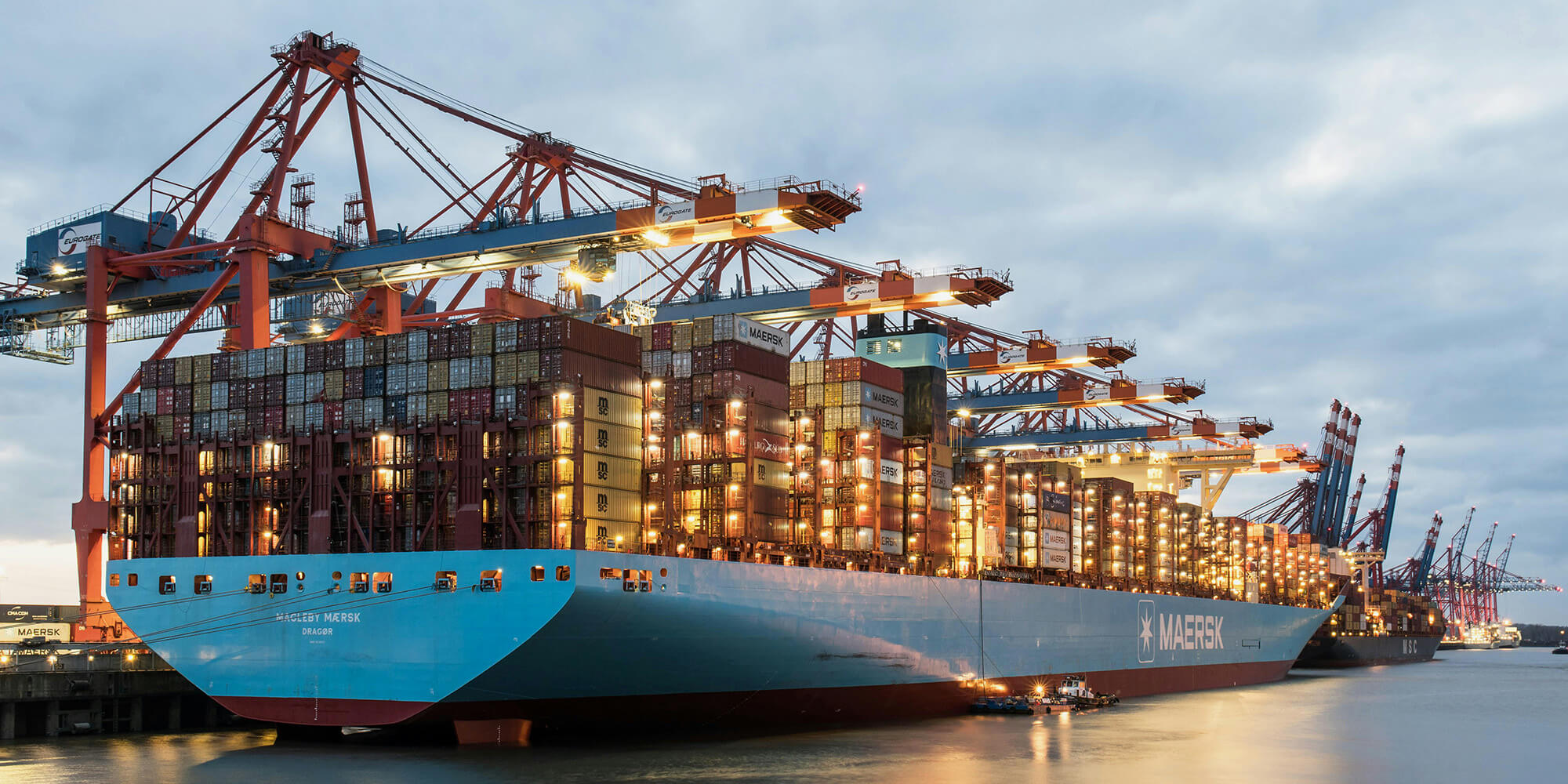In this article:
- What do TCO Certified's renewable energy criteria say?
- Why do the new criteria prioritise renewable energy?
- Why do the criteria rely exclusively on renewable energy?
- How are the TCO Certified criteria different from other standards, such as RE100?
- What kind of documentation does TCO require?
- How does Ecohz' Supply Chain Portal help you comply with the criteria?
- The benefit of engaging with solution providers
- How can Ecohz help?
TCO Certified, the world-leading sustainability certification for IT products, has recently introduced requirements for renewable energy in the final assembly of certified products. Ecohz advisors assisted TCO Certified in the development of the clean energy criteria.
In February 2025, Niclas Rydell, Director of TCO Certified, joined the Ecohz advisors involved in the process for a webinar, where they explained the new renewable energy criteria and how IT manufacturers can fulfil them. This is a summary of their conversation. You can also watch the full webinar here.
What do TCO Certified’s renewable energy criteria say?
The criteria mandate that at least 15% of the electricity used in each final assembly factory of certified products must be procured and/or generated from renewable sources. This ratio must be reported yearly.
Once a year, and for each final assembly factory manufacturing certified products, companies submitting information to TCO Certified must include:
- The total electricity used (MWh)
- The total renewable electricity ratio for the whole factory (%)
- The renewable electricity ratio for the brand owner's manufacturing of certified products at the factory (%)
Electricity consumption for the calendar year must be reported before 31 August the following year. As for EACs, they must observe a production period of 6 months before to 3 months after the electricity consumption for which they are used.
Brand owners can register new factories gradually, which must be in compliance the following calendar year. Factories with no TCO Certified Generation 10 certified product (from any brand) before 31 August must be in compliance the following calendar year.
Brand owners reporting to TCO Certified can choose to either report the electricity consumption of a whole factory or only for the brand owners’ manufacturing. This should be determined based on the revenue or manufacturing volume corresponding to the brand owner.
You can read the full TCO Certified renewable energy criteria through this link.
Why do the new TCO Certified criteria prioritise renewable energy?
“We are focusing on emissions reduction,” says Niclas Rydell, Director of TCO Certified. “It is now quite common to calculate the carbon footprint of products, but we want to incentivise reduction. Substituting fossil electricity with renewables is one of the easiest ways to reduce GHG emissions. In doing so, we also increase the demand for renewable electricity and incentivise new generators, which is crucial for sustainability.”
Why do the TCO Certified criteria rely exclusively on Energy Attribute Certificates (EACs)?
“Our criteria must be certified by independent parties for compliance,” Rydell continues. “The verification process is a big task. We want to rely on global, established standards and systems. We think Energy Attribute Certificates (EACs) are one of the most credible ways to do this. The most efficient, too. If we relied on, for example, contracts between electricity generators and buyers, it would be much more complicated to verify.”
By creating more demand for EACs, TCO Certified also aims to generate new revenue for renewable energy producers. As stated in the criteria: “[the requirements] also increase the demand for EACs, which increase the economic incentive to build new generators for renewable electricity in many regions where most electricity is generated from non-renewable sources.”
How are the TCO Certified criteria different from other standards, such as RE100?
The TCO Certified criteria differ from other standards in three important ways: they are sector-specific, require immediate action, and are designed to be easily actionable.
“While standards such as RE100 are sector-agnostic and look primarily at Scope 2 of reporting companies, TCO is primarily focused on Scope 3 and was created with the necessities and possibilities of IT manufacturers in mind,” Bjørn Erik Myrland, an advisor at Ecohz, explains.
TCO Certified also has specific criteria to allow clean electricity sourcing in difficult markets, for example, in countries where supply is limited. The RE100 guidelines establish strict market boundaries for energy procurement. Meanwhile, the TCO Certified criteria allow brand owners and their suppliers to procure EACs from neighbouring countries in challenging locations, such as Singapore and Taiwan.
What kind of documentation does TCO require?
Most products have more than one factory, so compliance must be ensured for each. The documentation required includes:
- Annual electricity use records for each factory (e.g., bills, metering records, audits). These must be available for auditing.
- If electricity is purchased only for the brand owner rather than the whole factory, proof must be provided regarding the share of total electricity consumption allocated to the brand owner. This can be demonstrated through revenue records, manufacturing volume, contracts, shipping records, or other documents.
- EACs must be submitted. If reporting for the factory, the factory’s name must be included. If reporting for the brand owner, EACs must contain both the factory’s and the brand owner’s names and state that they apply to Scope 3 emissions of that specific brand owner.
How does Ecohz’ Supply Chain Portal help brand owners and suppliers comply with the TCO Certified criteria?
Ecohz’ Supply Chain Portal (SCP) was originally developed in collaboration with an international IT company, which is also TCO-certified. The needs of IT manufacturers are thus embedded in the design of the platform. The SCP streamlines every stage of the compliance and certification process.
Easily onboard suppliers
- Unlimited suppliers: Brand owners can invite supply chain partners worldwide to join the platform, with no limit on the number of suppliers or their electricity consumption.
- Onboarding and upskilling material: The SCP provides videos and other educational material explaining EAC procurement, regulations governing renewable energy procurement, and the benefits of switching to renewables.
- Mandarin available: To facilitate onboarding for Mandarin speakers, the portal is available in their language.
Set renewable electricity targets for suppliers
- Self-disclosure of electricity consumption: As required by TCO Certified, suppliers can upload documentation showing their electricity consumption and proof of any existing renewable electricity procurement, including EACs.
- Calculation of renewable energy requirements: Suppliers receive a calculation for the EACs they need to purchase to meet the TCO Certified 15% renewable electricity target.
- Non-binding offers: Suppliers receive tailored offers for EACs to meet their targets cost-effectively.
Purchase renewable energy
- Global coverage: The SCP enables suppliers to purchase renewable energy worldwide in any country with an EAC system.
- Tailored offers: Suppliers receive customised offers to ensure cost-effectiveness and the best energy mix.
- Higher clean energy goals: Brand owners can establish higher renewable electricity targets to comply with other standards, such as RE100.
Produce and audit necessary documentation
- In-portal progress monitoring: Brand owners can track their suppliers’ progress towards set goals through a user-friendly interface.
- Correct EAC cancellations: Ecohz makes sure that all EAC cancellations are done in the correct registry, towards the correct beneficiary, and in line with sustainability standards.
- Document repository: All documentation, including electricity consumption records, emissions calculations, and EAC cancellation statements, is stored in a single location for simplified auditing.
The benefit of engaging with solution providers
“Interacting with Ecohz was very useful to get a broad understanding of the EAC market and how it works in practice—to purchase, to retire, pricing, etcetera,” Rydell adds.
“There are several EAC markets worldwide. While they all work similarly, there can be large differences in pricing and where different certificates can be used. The market is complex, so when we develop criteria, we look for actors who simplify implementation.”
How can Ecohz help?
Ecohz’ Supply Chain Portal has designed with the needs of IT manufacturers in mind. For companies looking to get the TCO certification, the portal becomes the natural all-in-one tool to comply with the renewable energy portion of the criteria.
“When we release a new generation of criteria, it is important to keep everything as simple as possible for the industry,” Rydell says. “Ecohz has a good system to purchase and manage EACs globally, which is something many of our brand owners need.”
The Ecohz team of advisors further specialises in simplifying the complexity of global clean energy procurement for businesses.
“There is also a lot of knowledge within Ecohz about the global situation for EAC which was very useful for us to have. I encourage all the brands that use TCO Certified to check our Ecohz system to help you achieve the certification,” Rydell concludes.




.png?width=3840&height=2560&name=Sun(1).png)
.png?width=3840&height=2560&name=Landscape_2(1).png)





